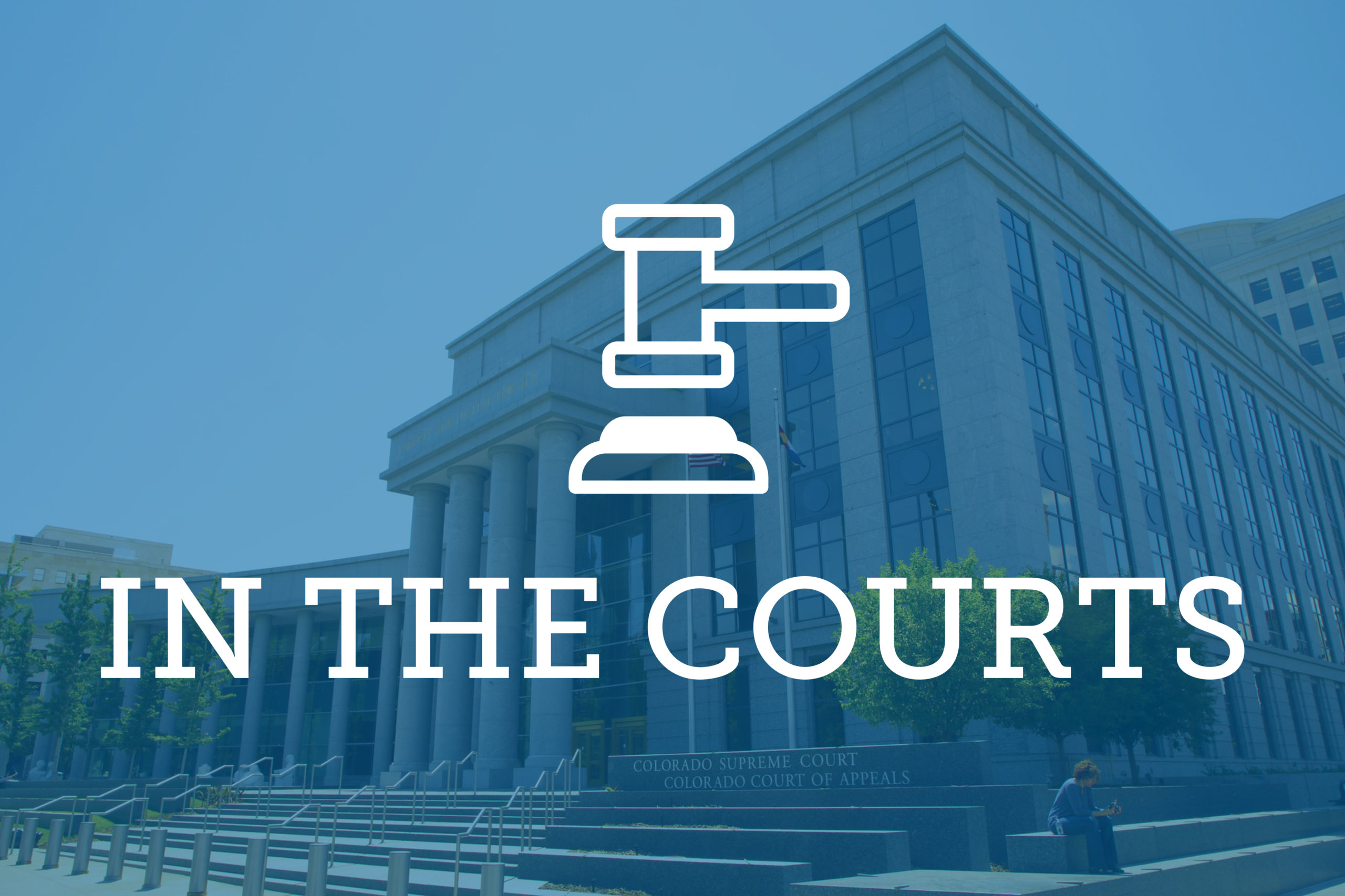

The Colorado Supreme Court heard oral arguments June 24 in cases that raise questions about how to determine whether a same-sex couple is in a common-law marriage.
The U.S. Supreme Court’s 2015 Obergefell decision required states to recognize marriages of same-sex couples on “the same terms and conditions” as those of different-sex couples. In states that recognize common-law marriage, such as Colorado, the landmark SCOTUS decision has led to questions about how to treat LGBT people fairly with respect to common-law marriage, especially in cases where a couple is ending their relationship and can’t agree on whether they’re married.
In the cases before the court, the justices will rule on two important questions: Can a same-sex common-law marriage have existed before Colorado recognized same-sex marriage in Oct. 2014? And what factors should courts consider when determining whether a same-sex couple is common-law married?
IN RE MARRIAGE OF LAFLEUR AND PYFER
In In re Marriage of LaFleur and Pyfer, the court will decide whether a same-sex common-law marriage could exist before Colorado first recognized same-sex marriage in 2014. The case stems from the relationship between Dean LaFleur and Timothy Pyfer. Pyfer alleges he and LaFleur lived together as spouses for nearly 15 years, but LaFleur denied they were married.
Representing LaFleur, Katayoun Donnelly argued there are two ways to remedy the discrimination same-sex couples faced before Obergefell when it comes to common-law marriage. For couples who agree they want to be common-law married but were previously prevented from doing so by the government, she said, that status should be recognized retroactively. But for couples in which the parties disagree, Donnelly argued, there should be no retroactive recognition of the common-law marriage.
Several justices pushed back against that distinction. Justice Richard Gabriel asked why the remedy shouldn’t just be to treat all same-sex and different-sex couples the same, as if discriminatory marriage laws never existed.
Donnelly responded there are due process issues with that approach. Although heterosexual couples would have been aware Colorado’s common-law marriage laws could affect their marital status, she said, same-sex couples prior to 2014 would not have been on notice that their behavior could result in the obligations of marriage.
John McHugh, Pyfer’s attorney, argued that when it comes to the question of whether same-sex common-law marriage was legally possible before 2014, “the answer is yes.” That answer is compelled by Obergefell, he said, which requires the rights and responsibilities of marriage be given to same-sex couples on the same terms and conditions as opposite-sex couples.
There is no question that a different-sex couple that had a wedding ceremony and exchanged vows and rings, as Pyfer and LaFleur had done, could have entered into a common-law marriage, he said, so “that same option must be allowed for same-sex couples.”
He argued Donnelly’s suggestion that a court should not retroactively recognize any same-sex common-law marriage if parties disagree would treat same-sex and opposite-sex couples differently. A straight couple that disputed their status could still be found to be in a common-law marriage by a court, he said, whereas Donnelly’s proposal wouldn’t allow the same for a same-sex couple.
IN RE MARRIAGE OF HOGSETT AND NEALE
The court will also decide which factors a court should consider when determining whether a common-law marriage exists between same-sex partners. The case involves a relationship between Edi Hogsett and Marcia Neale, with Hogsett claiming she and Neale were in a common-law marriage and Neale denying that status.
Ann Gushurst, representing Hogsett, explained Colorado’s test for whether a common law marriage exists as defined in People v. Lucero (1987). Under Lucero, common-law marriage exists when there’s intent followed by the act of living as a married couple, according to Gushurst, adding the two-prong test under Lucero requires a party must prove consent to be married and show evidence they held themselves out as married.
Since there is rarely an express agreement to be married, Lucero allows the court to look at parties’ conduct to infer whether they consented to be married. While there’s no single test for this, some things the court might consider include whether they shared finances, property, or a surname, and filing joint tax returns.
However, Gushurst and her co-counsel, Sharlene Aitken, argued courts should consider that many same-sex couples live “somewhat closeted lives” when determining whether they held themselves out as married or were perceived as married within their community. They added that other conduct that might be helpful in determining whether a straight couple is common-law married, such as a history of filing joint tax returns, was illegal for same-sex couples until just a few years ago.
Justice Monica Márquez asked Aitken how she would update Lucero to better account for the realities of same-sex couples. Aitken responded that trial court judges should consider whether there were things a couple couldn’t do because they were illegal for same-sex couples or that they didn’t want to do because they were afraid to come out of the closet to certain people.
Stephen Plog, representing Neale, argued the Lucero common-law marriage standard should not be changed for same-sex couples, citing concerns a change in the standard could violate the Equal Protection Clause under the Fourteenth Amendment.
Obergefell held that state laws challenged by petitioners in these cases are invalid to the extent they exclude same sex couples from participating on same terms as opposite sex couples, Plog said.
By proposing different factors for same-sex couples, he added, Hogsett is denying the opportunity for same-sex couples to be married, or not, on the same terms as opposite sex couples
Gabriel asked Plog whether his arguments preclude the court from considering some of the inequalities same-sex couples have faced, such as their inability to file joint tax returns. Plog responded there is “still a panoply of evidence” the court can consider under Lucero without considering tax returns or creating a different, broader standard for same-sex couples.
—Jessica Folker

